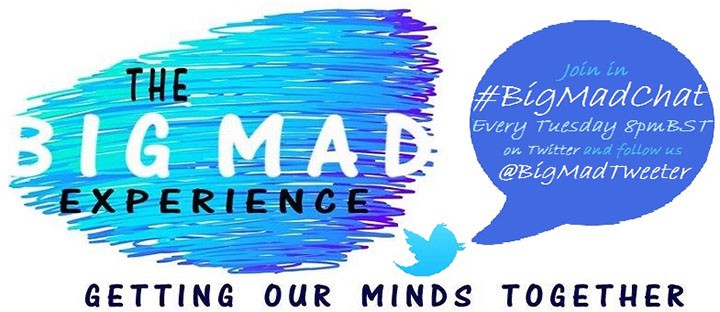
Dese’Rae L. Stage, a photographer and writer living in Brooklyn, tried to kill herself in 2006. She has since created an online photo exhibit of people who have also survived suicide attempts and is among the dozens whose stories are becoming known on Internet forums and through social media.
Benedict Carey writes for The New York Times:
The relationship had become intolerably abusive, and after a stinging phone call one night, it seemed there was only one way to end the pain. Enough wine and pills should do the job — and would have, except that paramedics barged through the door, alerted by her lover.
“I very rarely tell the story in detail publicly, it’s so triggering and sensational,” said Dese’Rae L. Stage, 30, a photographer and writer living in Brooklyn who tried to kill herself in 2006. “I talk about what led up to it, how helpless I felt — and what came after.”
The nation’s oldest suicide prevention organization, the American Association of Suicidology, decided in a vote by its board last week to recognize a vast but historically invisible portion of its membership: people, like Ms. Stage, who tried to kill themselves but survived. About a million American adults a year make a failed attempt at suicide, surveys suggest, far outnumbering the 38,000 who succeed, and in the past few years, scores of them have come together on social media and in other forums to demand a bigger voice in prevention efforts.
Plans for speakers bureaus of survivors willing to tell their stories are well underway, as is research to measure the effect of such testimony on audiences. For decades, mental health organizations have featured speakers with schizophrenia, bipolar disorder and depression. But until now, suicide has been virtually taboo, because of not only shame and stigma, but also fears that talking about the act could give others ideas about how to do it.
“This is a real shift you’re seeing,” said Heidi Bryan, 56, of Neenah, Wis., who has been speaking for years about suicide attempts she made in the 1990s. “For people working in suicide prevention, they always told us not to talk about our own experience, like they were afraid to tip us over the edge or something. Honestly, we’re the ones who know what works and what doesn’t.”…
To continue reading this article, follow this link.









